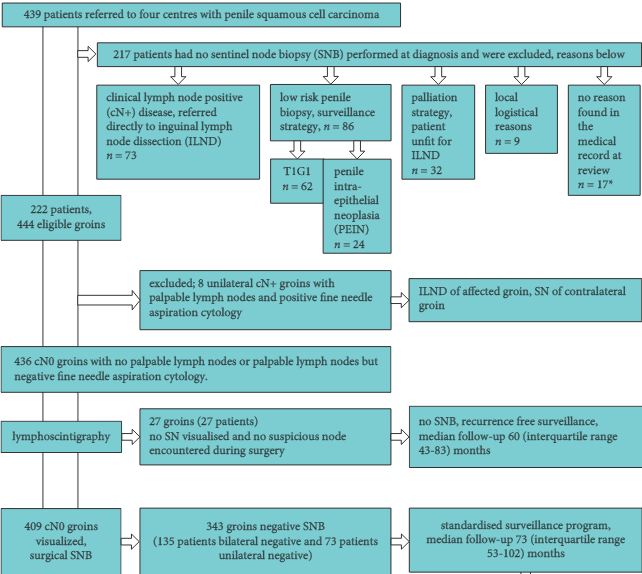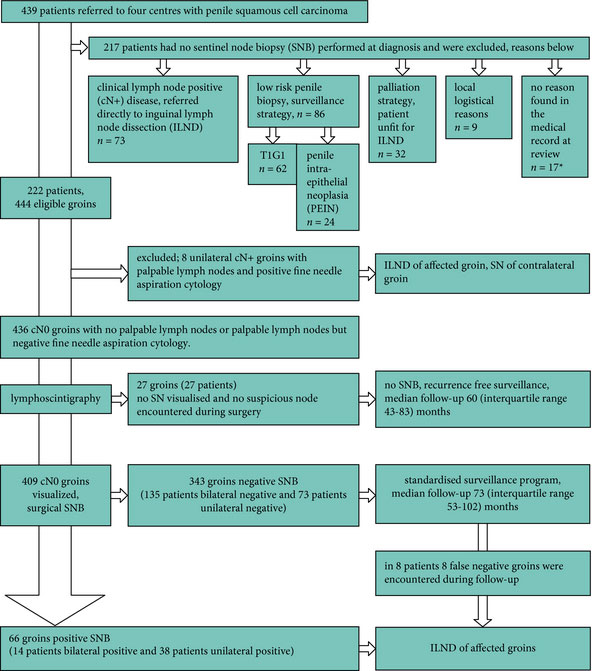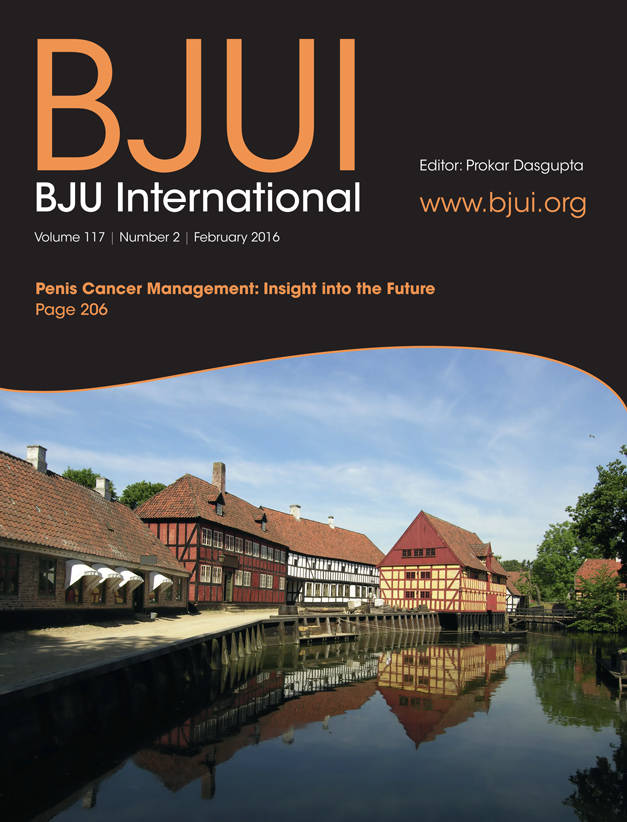Article of the Month: DaPeCa-1 – Diagnostic Accuracy of SNB in Penile Cancer
Every Week the Editor-in-Chief selects an Article of the Week from the current issue of BJUI. The abstract is reproduced below and you can click on the button to read the full article, which is freely available to all readers for at least 30 days from the time of this post.
In addition to the article itself, there is an accompanying editorial written by a prominent member of the urological community. This blog is intended to provoke comment and discussion and we invite you to use the comment tools at the bottom of each post to join the conversation.
Finally, the third post under the Article of the Week heading on the homepage will consist of additional material or media. This week we feature a video from Dr. Jakob Jakobsen, discussing his paper.
If you only have time to read one article this week, it should be this one.
DaPeCa-1: Diagnostic Accuracy of Sentinel Node Biopsy in 222 Penile Cancer Patients at four Tertiary Referral Centres — a National Study from Denmark
OBJECTIVES
To estimate the diagnostic accuracy of sentinel lymph node biopsy (SNB) in patients with penile cancer and assess SNB complications in a national multicentre setting.
PATIENTS AND METHODS
Retrospectively data were collected from records in four university centres by one medical doctor covering all SNBs performed in Denmark between 1 January 2000 and 31 December 2010. Patients had either impalpable lymph nodes (LNs) in one or both groins, or had a palpable inguinal mass from which aspiration cytology failed to reveal malignancy. Patients were injected with nanocolloid technetium and had a scintigram recorded before the SNB. The primary endpoint was LN recurrence on follow-up. The secondary endpoint was complications after SNB. Diagnostic accuracy was computed.
RESULTS
In all, 409 groins in 222 patients were examined by SNB. The median (interquartile range) follow-up of patients who survived was 6.6 (5–10) years. Of 343 negative groins, eight were false negatives. The sensitivity was 89.2% (95% confidence interval 79.8–95.2%) per groin. Interestingly, four of 67 T1G1 patients had a positive SNB. In all, 28 of 222 (13%) patients had complications of Clavien-Dindo grade I–IIIa.
CONCLUSION
Penile cancer SNB with a close follow-up stages LN involvement reliably and has few complications in a national multicentre setting. Inguinal LN dissection was avoided in 76% of patients.




